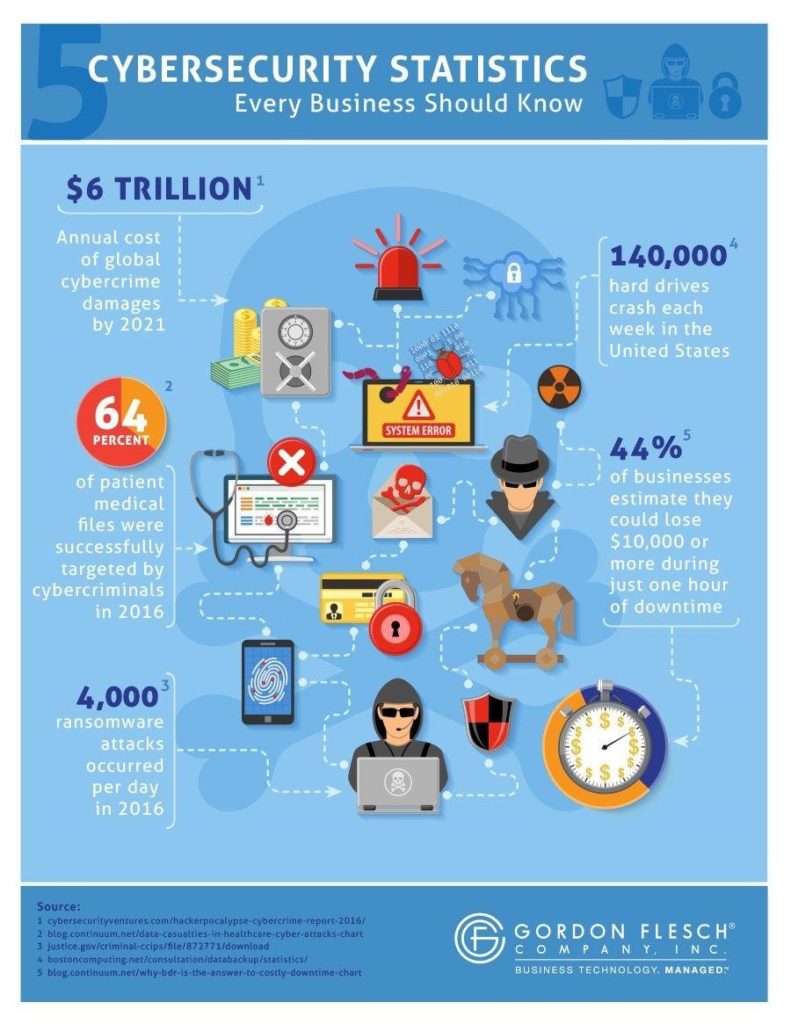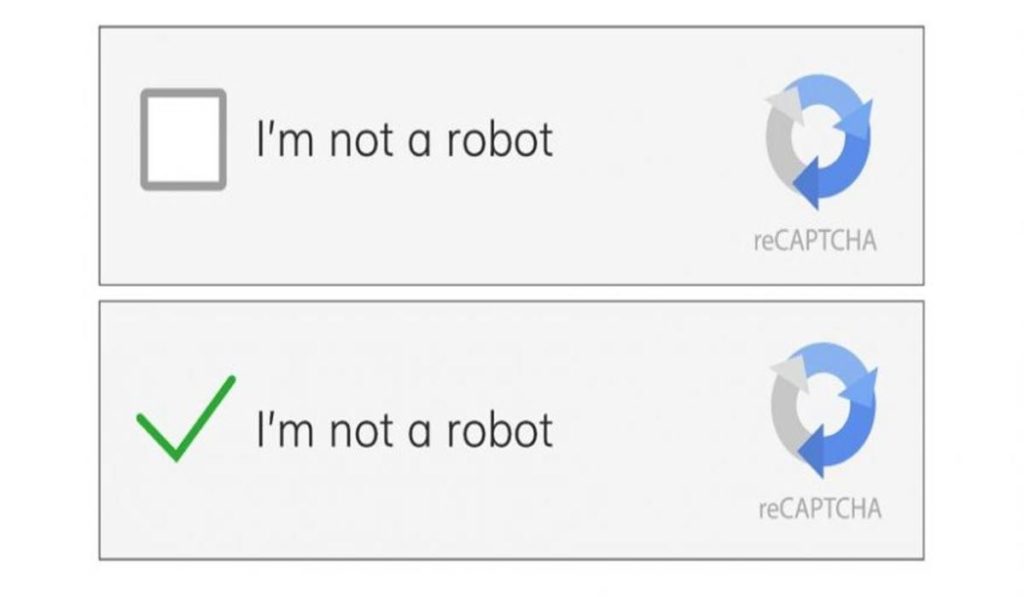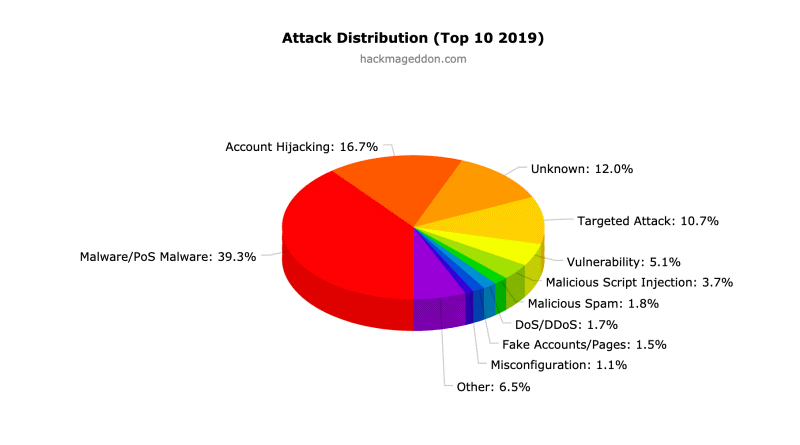Reason for Using Artificial Intelligence in Cyber Security

While the offensive-defensive strategies for vulnerable networks and data protection run in a never-ending cycle, the complexity and volume of cyberattacks still increased. Although traditional cybersecurity measures are still imperative to fight these cyberattacks, there is a growing need to combine the strength of artificial intelligence security to defend vulnerable networks and data from cyber attackers.
In a recent report by antivirus company, Norton, it states that the global cost of data breach recovery is USD 3.86 million. Additional reports show that it takes up to 196 days for an organization to recover from any data security breach. These statistics show the increasing need for companies to use AI security to avoid both financial losses and waste of time.

With AI, companies can easily understand cyber threats and reduce the response time and adhere to security best practices. Likewise, AI subsets machine learning (ML), and deep learning help with data pattern recognition to enable your systems to learn from experience. Thus, by leveraging on AI and ML cyber threat intelligence, companies can respond to issues almost immediately and with more precision.
Thus, this article highlights why artificial intelligence in cybersecurity is used to protect your networks and data.
To Enhance Automated Cyberthreat Detection
With the adaptation of more automated security measures, it shows the critical role of AI in cybersecurity. Using this level of detection means that the monotony of human detection of threats is reduced, which means you get fewer human errors. When cyber threats detection is automated, your company can swiftly find links between potential risks and act with speed.
Furthermore, because ML makes it possible for machines to teach themselves, AI security can adapt and learn from experience and patterns, instead of waiting for humans to develop them. Being that AI can process a large volume of data, it can better understand cyber threat patterns. It then goes a step further to make use of reasoning when identifying suspicious files, links, or data threats before launching an appropriate response. For example, IBM is now using cognitive technologies and AI in cybersecurity to help businesses identify cyber threats fast and respond accordingly.
To Secure Authentication
If your business runs a website that requires visitors to log in, fill forms, or make online payments that need an extra layer of security on your site’s backend, AI security makes the authentication process more secure. One of such process used by AI is physical identification. Here, AI uses several factors to identify a person, such as fingerprint scanners, reCAPTCHA, facial recognition, etc. to analyze main data points and then discern if the login is authentic.

Besides this, using artificial intelligence in cybersecurity can process other factors such as how you enter keys, typing speed, spelling error rate, etc. to enhance authentication.
To Keep Your Cybersecurity Error-Free
Curbing down the level of errors in your cybersecurity is an excellent application of artificial intelligence in security. In comparison to human efforts, AI will get tired or distracted when performing repetitive tasks. Therefore, you can significantly reduce the rate of human prone errors and likewise enhance human efforts. Considering that you still require human experts to provide common sense and definitive actions that machines cannot take.
Sometimes your security team may struggle to perform given the bulk of data that needs a risk assessment. For instance, a paper writing review website such as Online Writer Ratings, handle a vast volume of personal data from clients. Accurately securing such data while working on thousands of papers may not be humanly possible. However, using the right AI security, they can quickly discern any cyber threatening factors.
To Handle Large Volumes of Secure Data
The level of in-depth AI security scanning over large volumes of data cannot be compared to a human scan. Whereas people quickly skim and scan or take months when faced with the enormous amounts of data and alerts that pop up on your system, AI is more thorough. The artificial intelligence security software running on most powerful processors can immediately zip through more data in a matter of minutes and list anomalies and solutions.
Whatever the case may be, AI and machine learning cybersecurity usage enables experts and researchers to identify and counteract these sophisticated cyber-attack vectors with minimal human intervention
To Pick Out the Tiniest Threat in Cyber Haystacks
The amount of cybercriminals out there grows by the day. They are continually looking for new methods to infiltrate systems and waiting for the right moment to complete their attacks. Because they are getting better at disguising themselves, such threats can go unnoticed by the human eye. On the other hand, using artificial intelligence in cybersecurity can rapidly analyze the slightest move and behaviors to spot the tiniest threat that can amount to malicious activity.
To Accelerate Detection and Response Time
AI security is used to speed up the detection of genuine problems. You can also use AI to cross-reference several alerts and sources of cybersecurity data rapidly. Although human cybersecurity experts are still involved dictating the priorities of the incidents to solve first, AI does the bulk of the work. Thus, while AI security is handling the work volume, humans have more time to work on innovative strategies to put better cybersecurity in place and improve overall security structure.
To tackle Advanced Hacking Techniques
There are complicated and advanced hacking techniques used by hackers to breach your data and networks. Some of them include obfuscation, polymorphism, and others that make it very tough to identify any malicious programs. Added to the fact that there is sometimes a shortage of security engineers with domain-specific experience, these threats can be challenging.

Using their ability to exploit human psychology, attackers obtain your personal information with ease and then compromise your security systems. Another possible countermeasure AI provides is utilizing social honeypots, to act as a decoy user and try to entrap attackers. The honeypot system is an AI tool designed to trap malicious hackers via decoys set up by IT pros. It traces the origins and techniques used by the hacker.
Conclusion
Keeping your business data and networks secure is not an essay task. You need to employ the best hands to ensure cybersecurity, but human efforts aren’t always enough. Although artificial intelligence security won’t replace human security experts, it is now a critical tool for fortifying your cybersecurity and managing the bulk of threat data. It has been able to do so by detecting, responding, and keeping cyber defenses on the alert to counter and evict malicious threats before any severe damage can be done to your systems.
Author: Aaron Swain is a writing specialist who is currently working in the writing service reviews company Best Writers Online. He is passionate about marketing and SEO. He expands and improves his skills throughout the writing process to help and inspire people.


